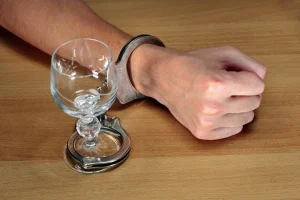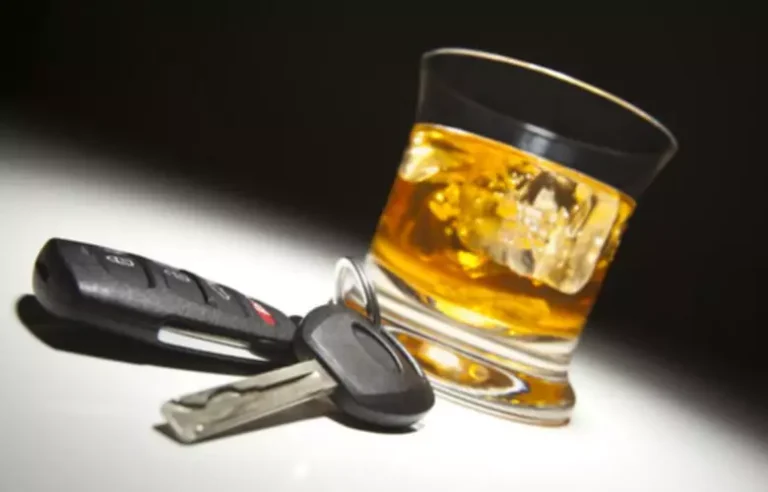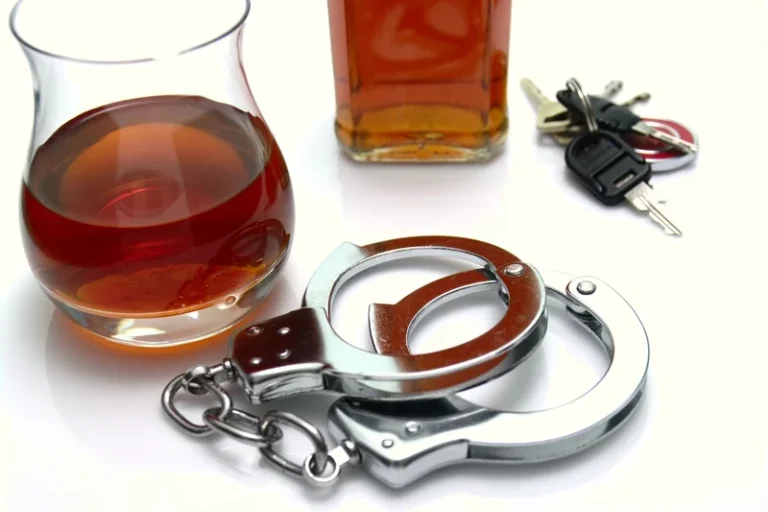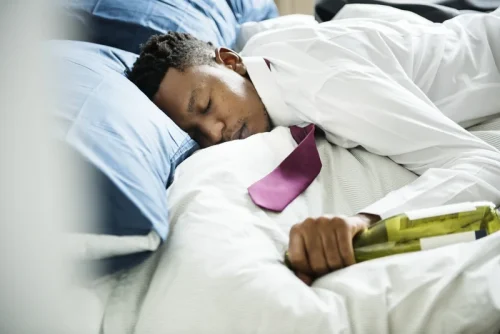
Overcome fear of judgment and ensure transparency in your communication. Help them understand your triggers and ask for the needed support during challenging times. The Food and Drug Administration (FDA) has approved some medications to help treat AUD.

action: ‘healthbeat’
Note that while these foods alone might not solve the problem, they can certainly help when part of a balanced diet and recovery plan. Additionally, environmental factors play a significant role in alcohol cravings. For example, individuals who have grown up in households where alcohol misuse was prevalent may be more susceptible to developing cravings for alcohol themselves. Yet medications for alcohol use disorder can work well for people who want to stop drinking or drink a lot less. Many people don’t know it, but there are medications that treat alcohol use disorder, the term for the condition that you may know of as alcoholism and alcohol abuse.
Naltrexone Is Not a Quick Fix
- Like naltrexone, acamprosate seems to work best for people who are able to stop drinking before starting treatment.
- Research shows that most people believe that drinking can make them feel better.
- Coping tips can absolutely offer short-term solutions when you’re trying to cut back on alcohol.
- Alcohol cravings are often a significant obstacle for those seeking to reduce their alcohol consumption or achieve sobriety.
- This short activity offers a recognize-avoid-cope approach commonly used in cognitive behavioral therapy, which helps people to change unhelpful thinking patterns and reactions.
Ask yourself, “While these reactions may be unpleasant, will I really go out of my mind if I don’t give in? ” Note how these reactions vary across time as you respond passively to the urge. Click here to https://ecosoberhouse.com/ learn more about medication-assisted treatment (MAT). On general principle, you don’t have to reason it out yet again. Whenever you get the idea to resume drinking, you can tell that idea to go to hell.
© 2024 Harvard Health Publishing® of The President and Fellows of Harvard College
Focus on what you are doing, like having coffee with a friend, instead of what you’re not doing, like going to a bar. No feeling lasts forever—even alcohol cravings come and go.7 Sometimes all you need to do is wait them out. During that time, you can distract yourself with an engaging alternative to drinking. You might go for a walk, listen to music, or try a new sober hobby. By the time you leave rehab, you’ll have plenty of practice responding to triggers.
Need Help from Professionals to Manage Alcohol Cravings?
This short activity offers a recognize-avoid-cope approach commonly used in cognitive behavioral therapy, which helps people to change unhelpful thinking patterns and reactions. It also provides worksheets to help you uncover the nature of your urges to drink and to make a plan for handling them. No matter how long your cravings last, there are many ways to cope with the urge to drink. Sometimes you can avoid triggering situations—but that’s not always possible.

Get the latest in health news delivered to your inbox!
Family and friends can be monumental pillars of strength during this journey. Their understanding and support can catalyze behavioral changes while diluting the intensity of cravings. Support groups serve as a powerful tool in overcoming alcohol cravings. They offer an accepting environment, fostering a sense of community among individuals battling similar issues.

How Is Recovery.com Different?
- This is alcohol withdrawal, and it causes uncomfortable physical and emotional symptoms.
- Alcohol increases activity in brain areas related to reward processing, which produces rewarding or pleasurable effects.
- In the United States, most states have low-cost or free rehabilitation programs for those who are uninsured.
- These cravings can occur at any time and can be triggered by various factors, such as stress, social situations, or even certain foods.
When taking disulfiram, drinking even a small amount of alcohol can produce effects such as flushing, headache, and nausea. Once you identify the cues, routines, and rewards that keep your habit loop on a repeat cycle, you can experiment with new routines that yield even more fulfilling rewards. In other words, what works for a friend won’t always work for you. That’s why building your own recovery toolkit can make a difference in your ability to weather the most intense cravings. You might notice stressful or tense situations tend to fuel cravings more often than not.

Treatment may involve a brief intervention, individual or group counseling, an outpatient program, or a residential inpatient stay. Working to stop alcohol use to improve quality of life is the main treatment goal. Too much alcohol affects your how to stop alcohol cravings speech, muscle coordination and vital centers of your brain. A heavy drinking binge may even cause a life-threatening coma or death. This is of particular concern when you’re taking certain medications that also depress the brain’s function.
Coping Strategies for Alcohol Cravings: Tools for Your Recovery Journey
Cravings are rooted in both psychological and physical factors. Understanding and recognizing these factors will help you reduce or manage cravings more effectively. Alcohol cravings are common, especially when you first try to change your drinking habits.
